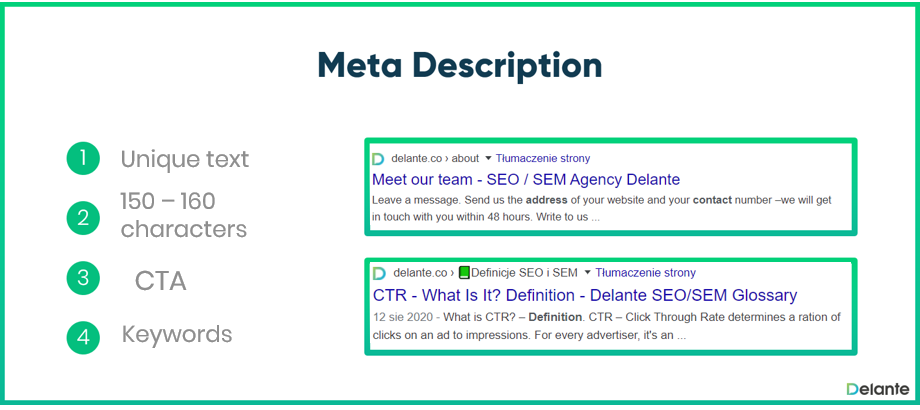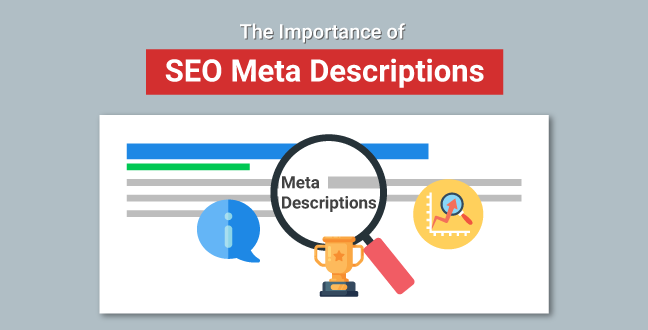

Meta description is an important element of search engine optimization (SEO) that plays a critical role in attracting potential visitors to a website. It is a brief summary of the content of a webpage that appears under the title tag in search engine results pages (SERPs). In this article, we will discuss what a meta description is, its importance in SEO, and how it works.

What is Meta Description in SEO?
A meta description is an HTML tag that provides a brief overview of the content of a webpage. It is usually 150-160 characters long and appears below the title tag in SERPs. The primary purpose of a meta description is to provide users with a summary of what they can expect to find on a webpage. This helps them to decide whether to click through to the site or not.
Importance of Meta Description
Meta descriptions play a crucial role in the SEO of a website. Here are some reasons why:

Helps Improve Click-Through Rates
A well-written meta description can significantly improve the click-through rate (CTR) of a website. When users search for a particular keyword, they usually scan through the results to find the most relevant one. If the meta description accurately summarizes the content of a webpage, users are more likely to click on the link to visit the site.
Enhances User Experience
A meta description is like a trailer for a movie – it gives users a sneak peek into what they can expect to find on a webpage. By providing users with a brief summary of the content, they can determine whether the site is relevant to their search query or not. This helps to enhance the user experience by directing them to sites that match their needs and interests.
Improves Search Engine Rankings
While meta descriptions do not directly affect search engine rankings, they indirectly impact them. A high CTR indicates to search engines that a site is relevant and useful to users. This can lead to an improvement in search engine rankings over time.
How it Works
The process of creating a meta description is relatively simple. Here are the steps involved:
![What Are Meta Descriptions, & How Do They Work? [+9 Effective Tips]](https://morningscore.io/wp-content/uploads/2021/05/what-is-a-meta-description-in-seo.png)
Identify the Main Keyword(s)
The first step is to identify the main keyword(s) that the webpage is targeting. This helps to ensure that the meta description accurately reflects the content of the page and is relevant to the user's search query.
Write a Compelling Description
The next step is to write a compelling meta description that accurately summarizes the content of the webpage. It should be concise and engaging, and provide users with a reason to click through to the site. It's also essential to include a call-to-action (CTA) that encourages users to take action, such as "Read more" or "Learn more."
Optimize for Length and Readability
Meta descriptions should be no more than 150-160 characters long to ensure that they are displayed in full in SERPs. It's also important to optimize for readability by using short sentences and clear language.
Test and Refine
Finally, it's essential to test and refine the meta description to determine its effectiveness. This can be done by monitoring the CTR of the webpage and making adjustments as necessary to improve its performance.
Conclusion
In conclusion, meta descriptions are a critical element of SEO that can significantly impact the success of a website. By providing users with a brief summary of the content of a webpage, they can help to improve click-through rates, enhance user experience, and indirectly improve search engine rankings. By following the steps outlined in this article, website owners can create effective meta descriptions that accurately reflect the content of their pages and attract potential visitors to their site.